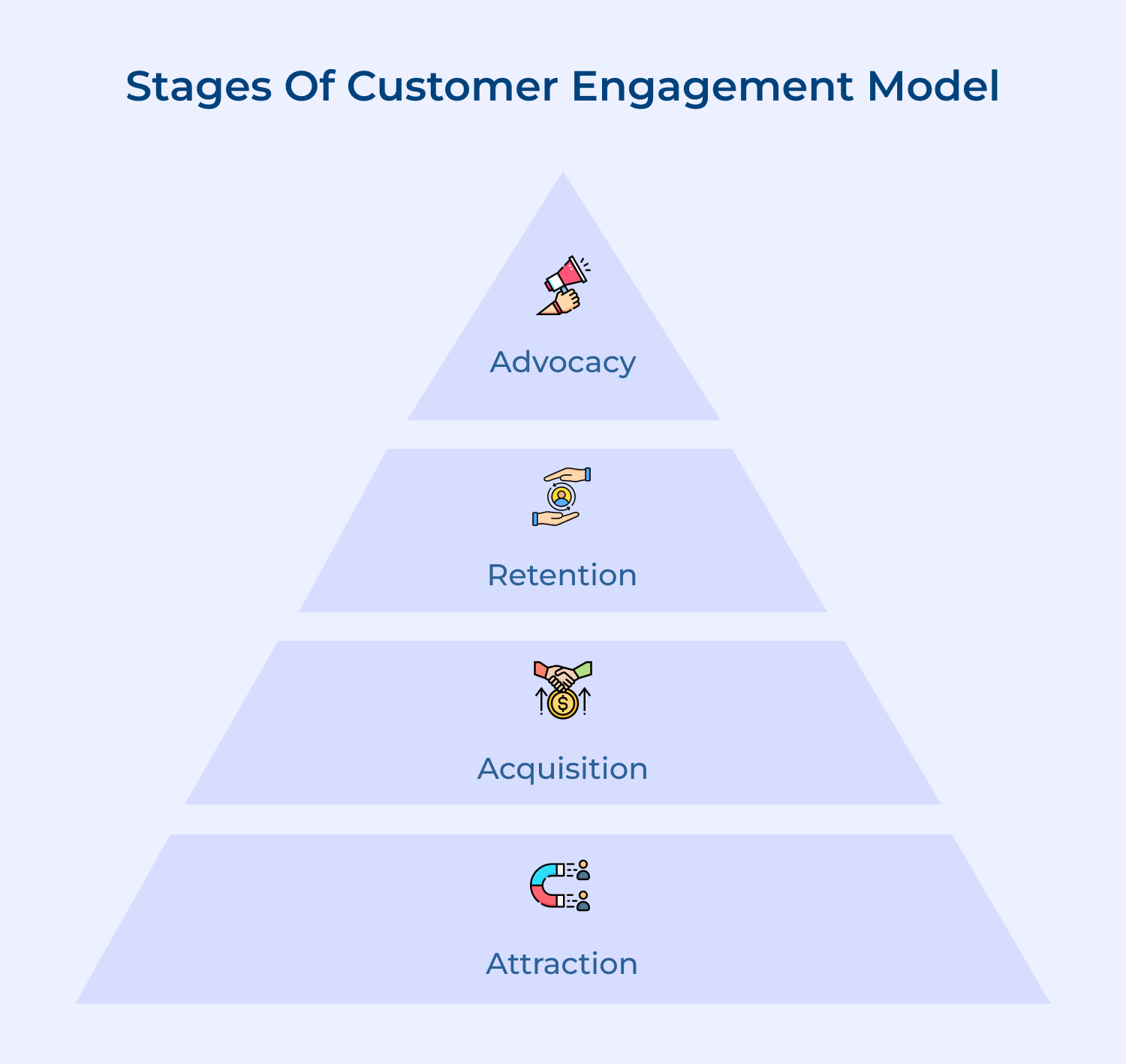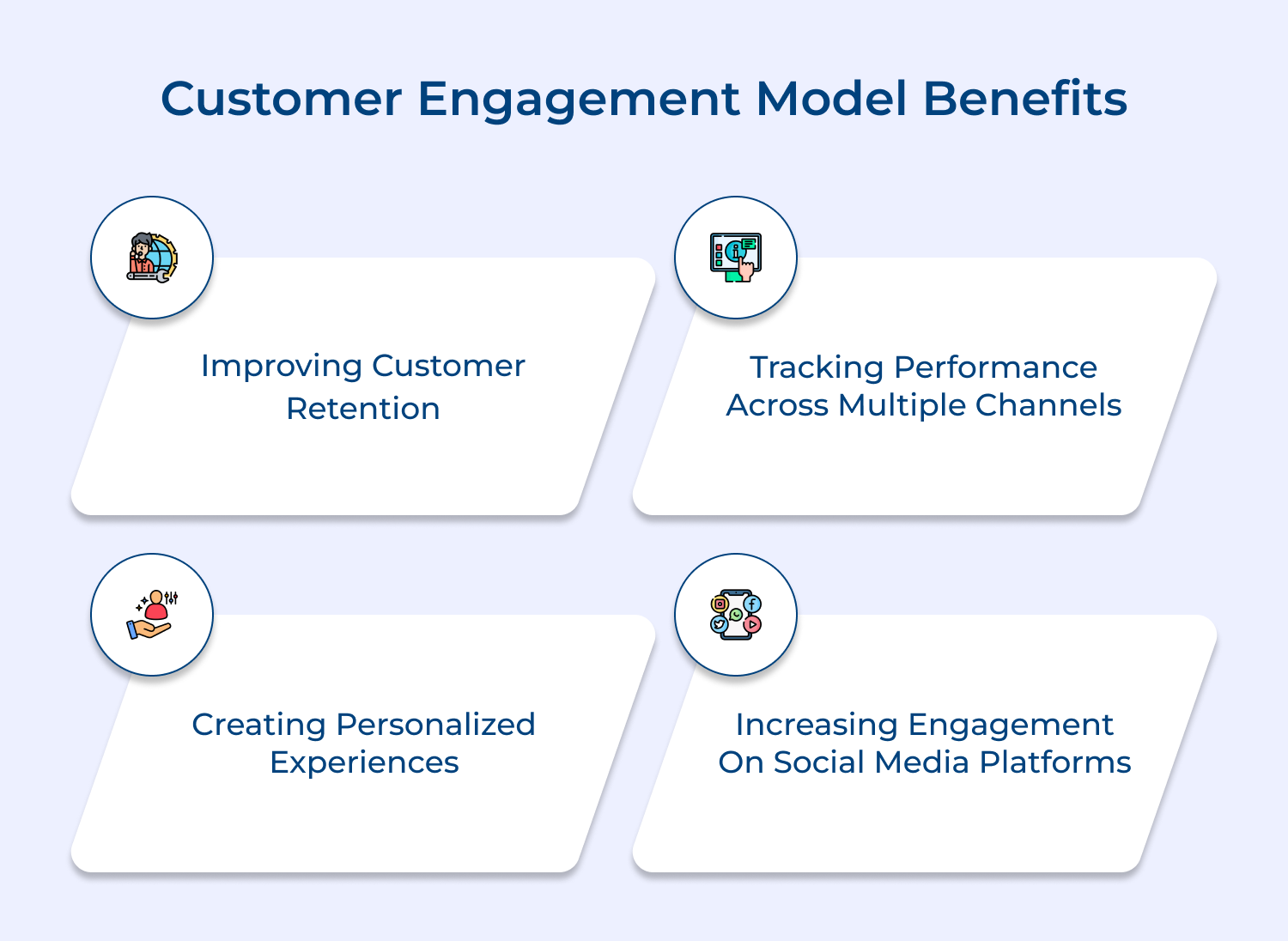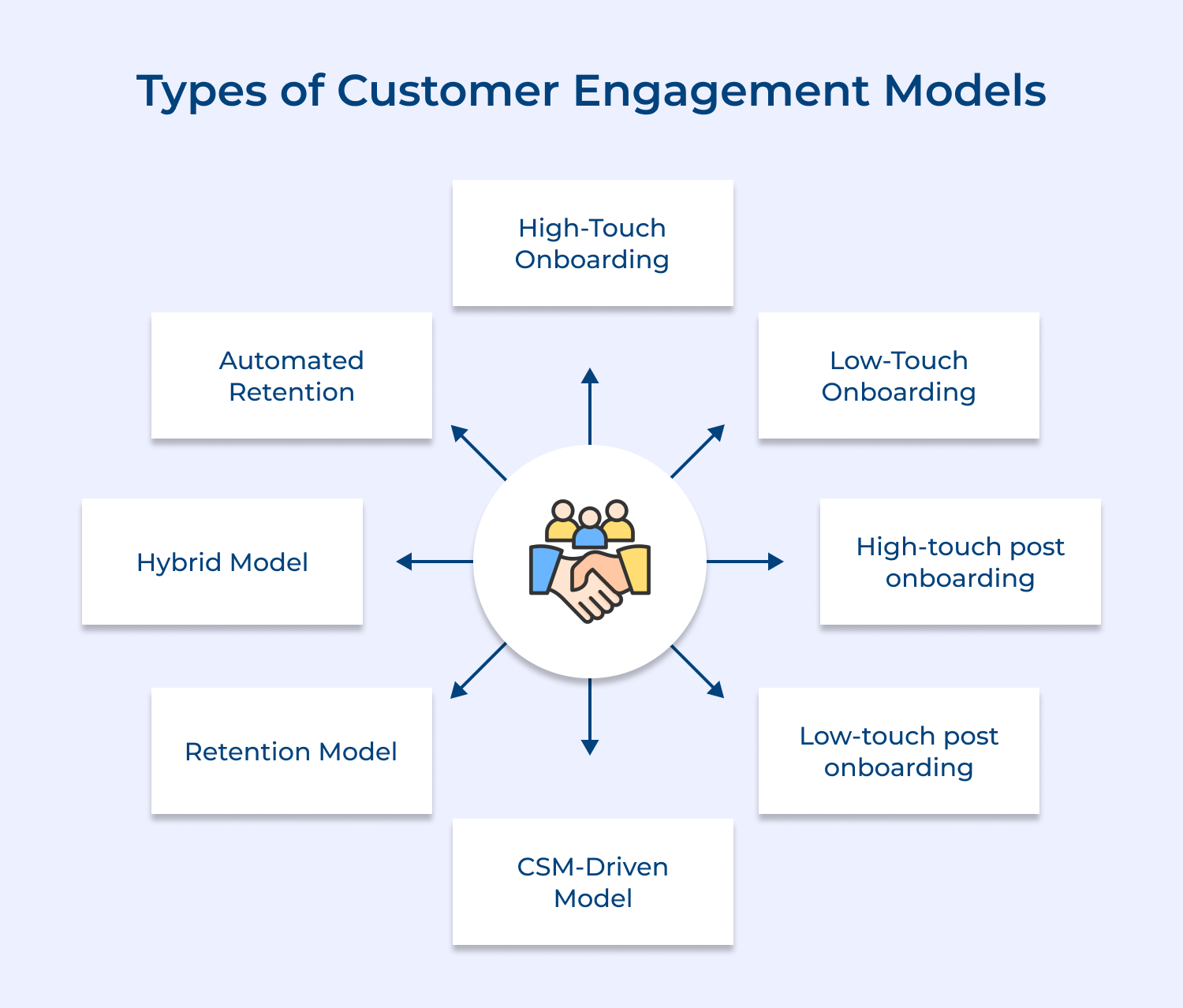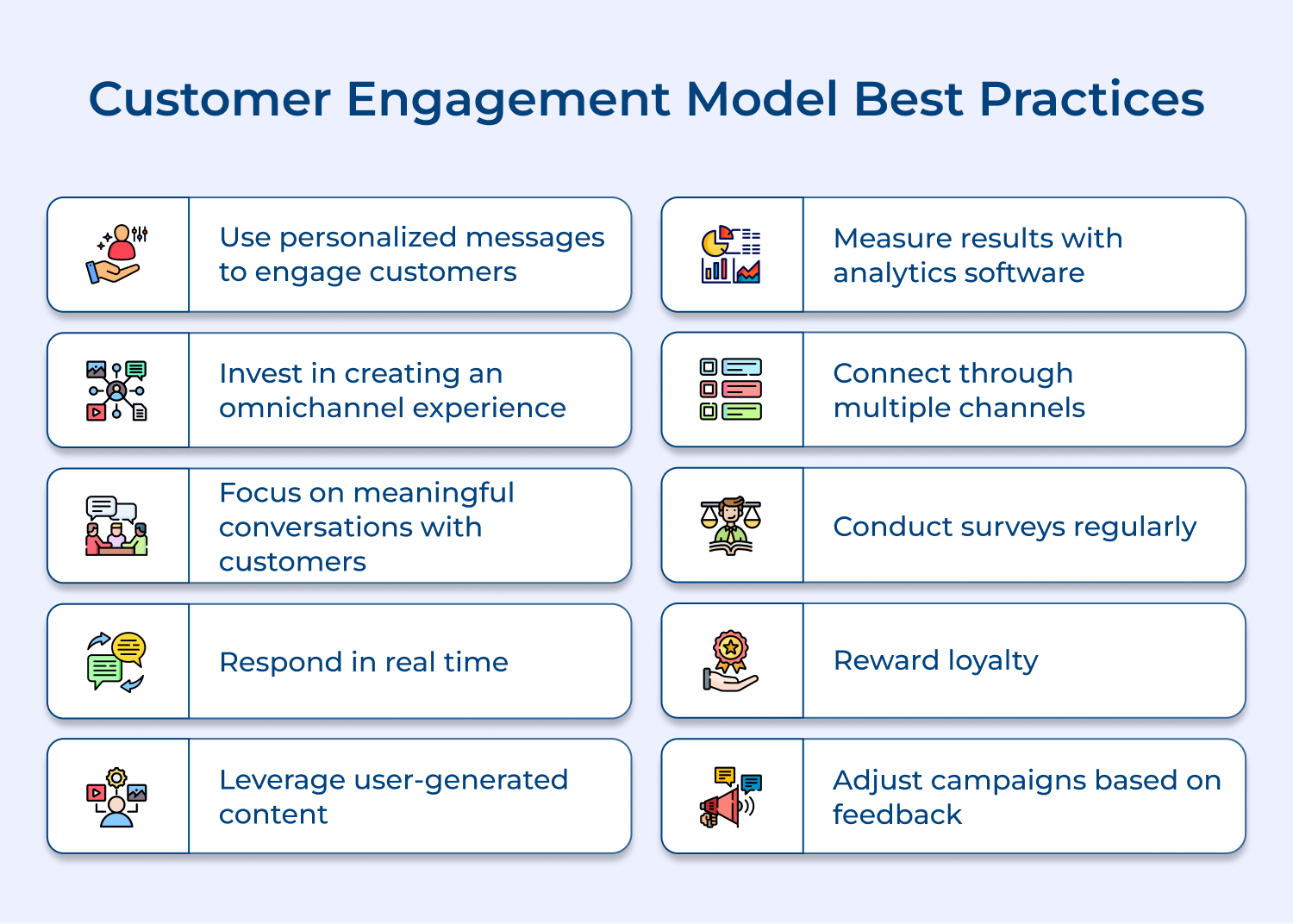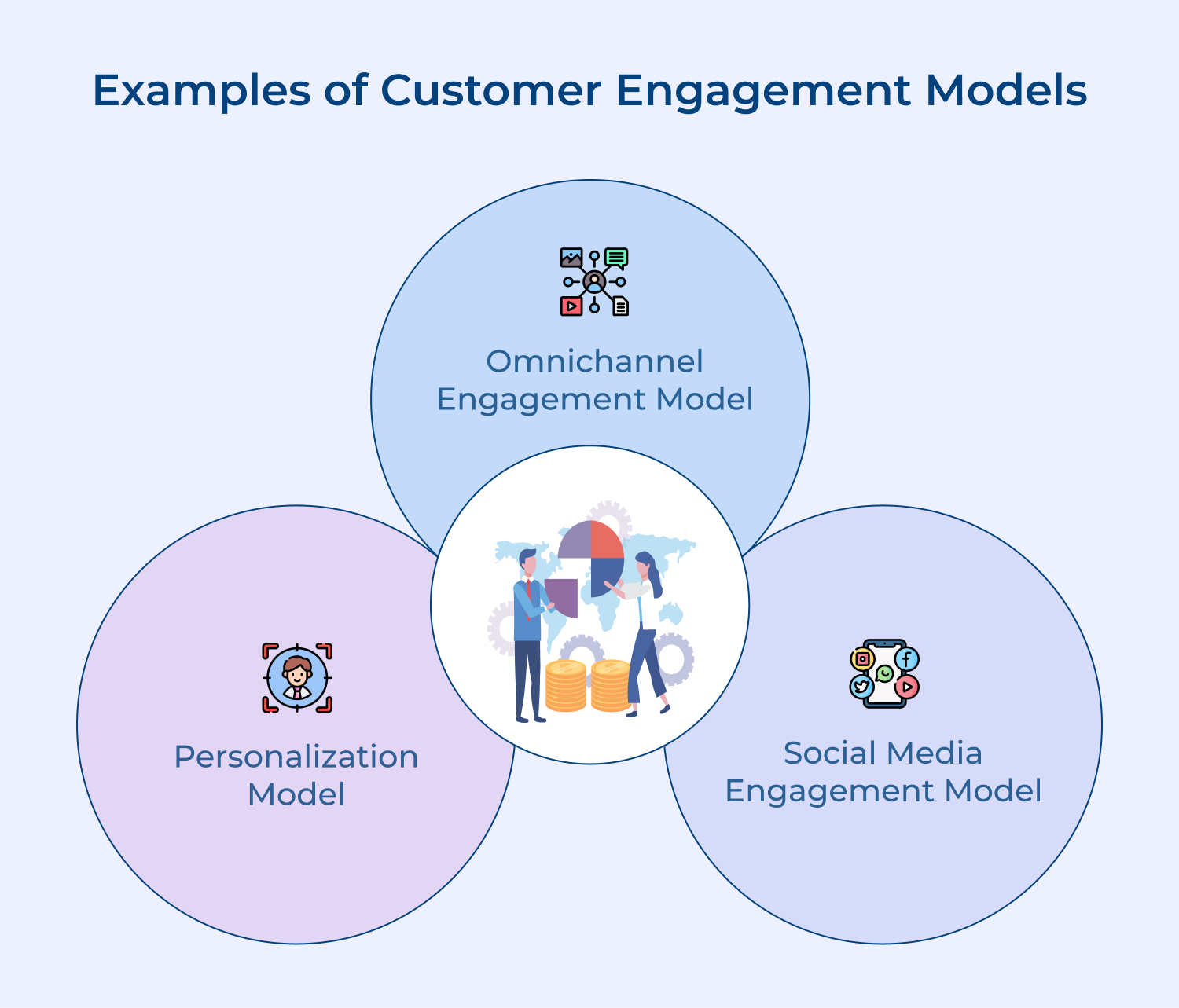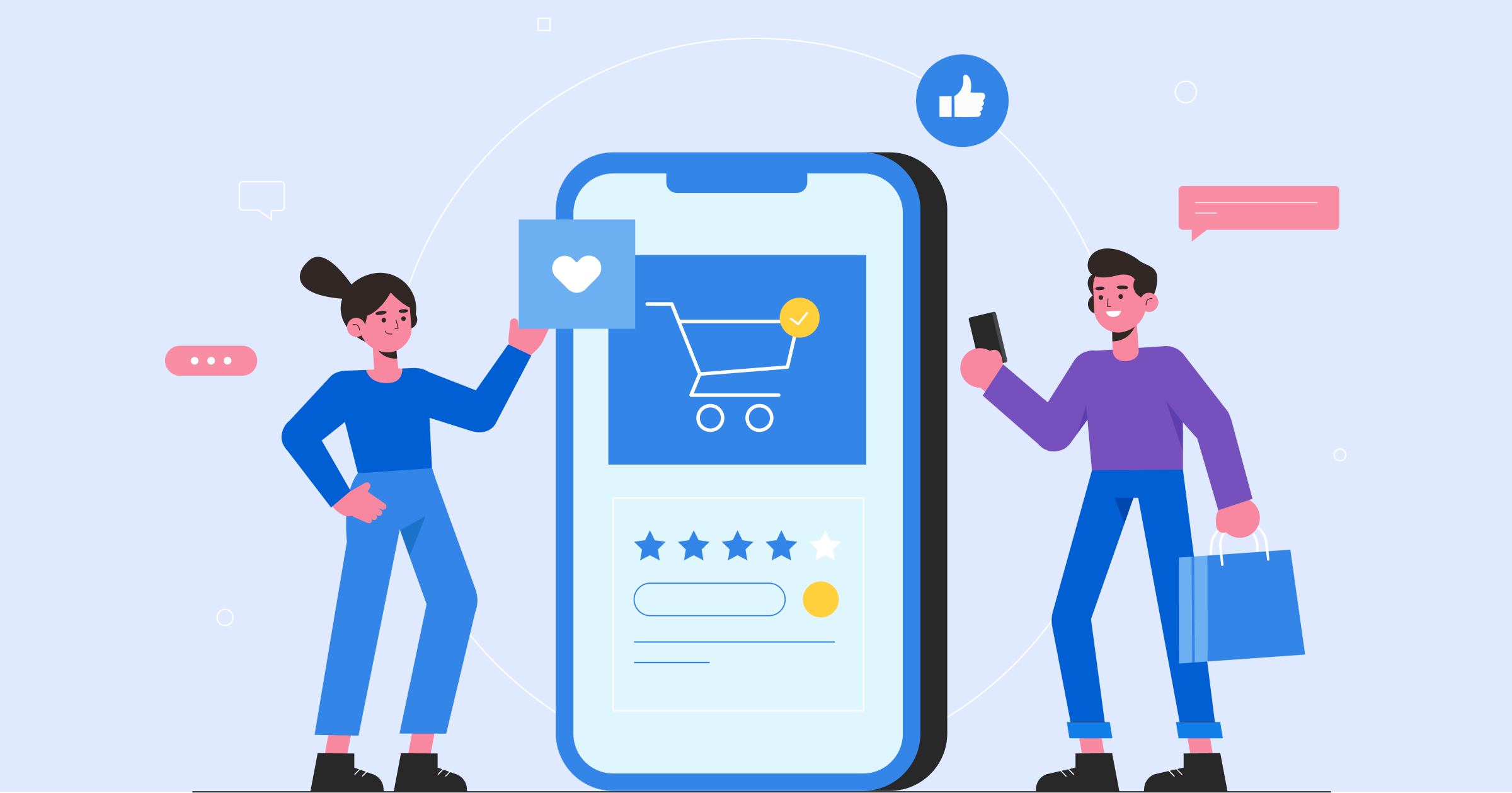1. High Touch Onboarding
High-touch onboarding refers to a consumer engagement model that involves a high level of personalization and direct interaction with the customer during the onboarding process.
Businesses using the model assign dedicated account managers or customer success managers who guide customers through the initial stages of using a product/service.
The advantages of high-touch onboarding include:
- Personalized experience: Users receive individual attention, ensuring they feel valued and understood.
- Smooth transition: Consumers are guided through the entire implementation process, ensuring a smooth transition to the product/service. It leads to higher customer satisfaction and reduces churn rate.
- Clear understanding: The dedicated support offered during high-touch onboarding enables customers to fully understand the product’s features and capabilities.
2. Low-Touch Onboarding
Low-touch onboarding involves less direct interaction between the company and the customer during the onboarding process. The model relies heavily on automation and self-service tools to guide customers through the initial setup and usage of a product/service.
The advantages of low-touch onboarding include:
- Cost-effective: Low-touch onboarding requires fewer resources, enabling businesses to scale their customer onboarding process without significantly increasing costs.
- Quick implementation: Customers can quickly access the necessary information and set up the product or service independently. It reduces the time ensuring customers can start benefiting from the product sooner.
3. High Touch Post Onboarding
When the customers have successfully been onboarded, the focus shifts to maintaining a strong and ongoing relationship. High touch post onboarding involves continued personalized support from account managers. It ensures that customers receive ongoing guidance, training and assistance tailored to their specific needs.
The advantages of high touch post onboarding include:
- Proactive customer support: Staying connected and providing proactive support can address any issues or concerns that may arise after the onboarding process. It helps to build trust and ensures customers feel supported throughout their journey.
- Upselling and cross-selling opportunities: Continuous engagement with customers presents opportunities to identify additional needs and offer relevant upselling or cross-selling solutions.
4. Low-Touch Post Onboarding
Low-touch post onboarding relies on automation and self-service tools. After the initial onboarding process, companies utilizing the model provide resources such as knowledge bases, frequently asked questions (FAQs) and community forums.
The advantages of low touch post onboarding include:
- Flexibility and independence: Customers can access the necessary resources and support at their convenience. It allows consumers to find solutions independently without relying on customer support teams.
- Scalability: Low touch post onboarding enables businesses to effectively engage with a larger customer base without significant resource challenges. The scalability makes it an excellent choice for companies experiencing rapid growth.
5. CSM-Driven Model
The Customer Success Manager (CSM)-driven model focuses on assigning a dedicated customer success manager to each customer. The CSM’s role is to understand each customer’s unique needs and goals and ensure that they achieve them through continuous support.
The personalized approach enhances the overall customer experience and fosters long-term relationships. By proactively addressing customer concerns, businesses can reduce churn rates and increase customer satisfaction.
Advantages of the CSM-driven model:
- Personalized approach: Each customer receives individual attention and support tailored to their specific needs.
- Proactive problem-solving: CSMs can identify and address potential issues before they escalate, ensuring customer satisfaction.
- Increased customer retention: Actively working towards customer success reduces churn rates and retains loyal customers.
- Upselling and cross-selling opportunities: CSMs can identify opportunities to upsell or cross-sell products or services based on customer needs.
6. Retention Models
Retention models focus on strategies aimed at retaining existing customers. These models utilize data-driven insights to understand customer behavior and implement targeted retention campaigns.
Businesses can encourage customer loyalty & prevent churn by identifying at-risk customers and offering incentives or personalized offers.
Advantages of retention models:
- Reduced customer churn: Understanding customer behavior or preferences helps to implement personalized strategies to retain customers.
- Cost-effective: It is often more cost-effective to retain existing customers than to acquire new ones.
- Targeted marketing campaigns: Retention models enable businesses to create targeted marketing campaigns based on customer data, increasing the chances of success.
- Repeated purchases: Engaging with customers and offering incentives drives repeat purchases as well as increases customer lifetime value.
7. Hybrid Model
The hybrid model combines elements of both the CSM-driven model and retention models. It focuses on personalization and retention strategies to provide a comprehensive approach to customer engagement.
The model employs a mix of dedicated customer success managers, data analysis and targeted retention campaigns to ensure customer satisfaction.
Advantages of the hybrid model:
- Customized customer experience: Combining personalization and retention strategies provides a tailored experience that meets individual customer needs.
- Comprehensive approach: The hybrid model allows businesses to address customer concerns at various touchpoints.
- Improved customer satisfaction: A combination of personalized services and retention strategies ensures that customers feel valued.
- Higher customer retention rates: Leveraging both personalization and retention tactics can increase customer retention rates.
8. Automated Retention
Automated retention involves the use of technology and automation tools to engage with customers at various stages of the customer journey.
The model utilizes analytics & artificial intelligence to identify customer patterns and deliver relevant messages or offers. Automated retention ensures consistent communication without overwhelming resources.
Advantages of automated retention:
- Scalability: The systems can handle a large volume of customer engagement without compromising on personalization.
- Timely and relevant communication: Automation allows businesses to send targeted messages or offers based on real-time customer data.
- Cost-effective: Automated retention models reduce the need for manual labor and resources, resulting in cost savings.
- Improved efficiency: Businesses can focus on higher-value activities, such as building customer relationships by automating repetitive tasks.
Customer Engagement Model Best Practices
We have summarized certain best practices that should be applied to maximize customer engagement and return on investment.

